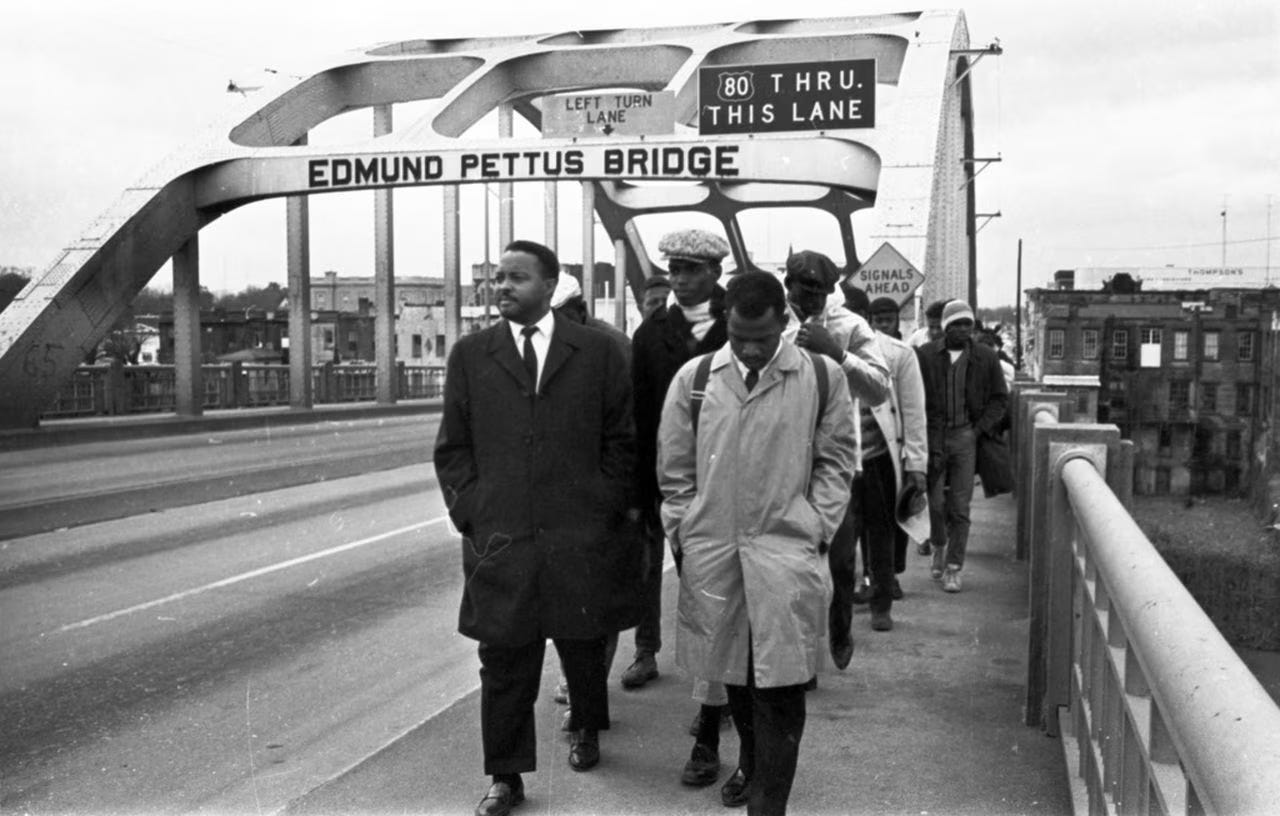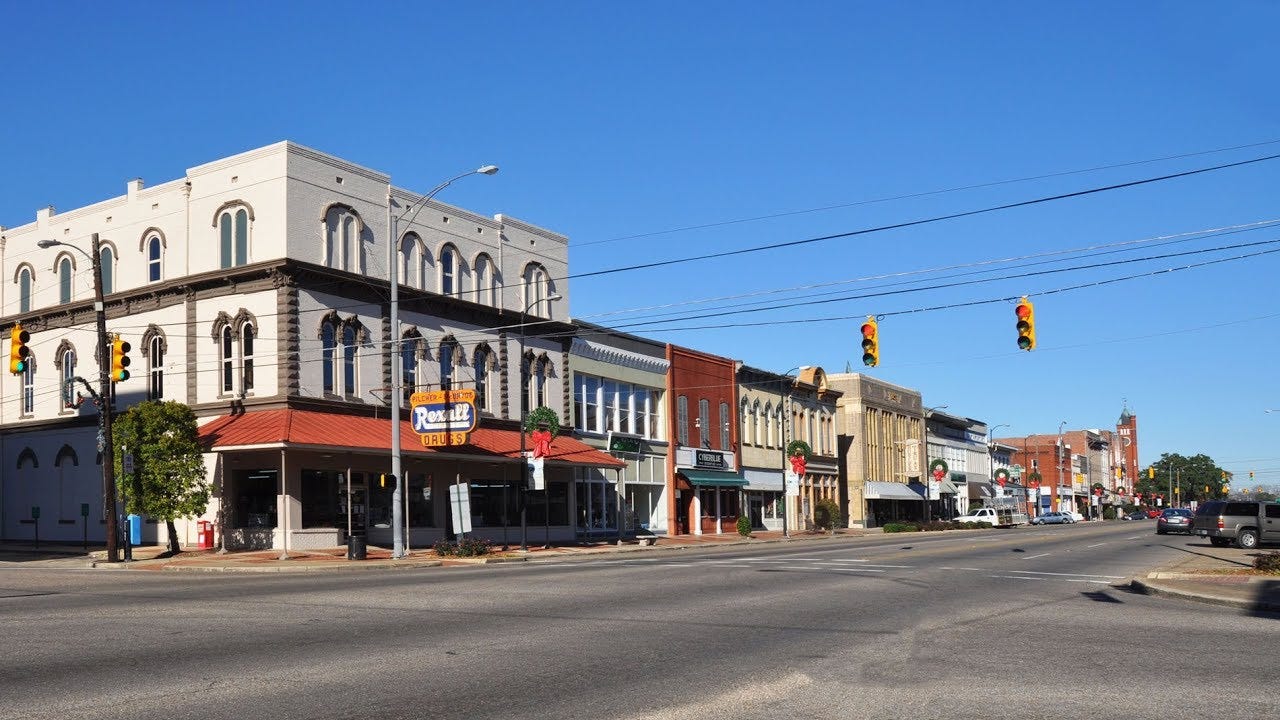I am putting together an itinerary for a civil rights tour of Alabama that will bring 150 high school students from Brooklyn, New York through Tuskegee, Montgomery, Birmingham, and Selma. I’ve never worked with such a large group before. The logistics are overwhelming.
Even with all the challenges involved, I am very much looking forward to doing everything I can to make this tour a success. Visiting these places never gets old. We explore some of the most iconic sites from the civil rights era and have an opportunity to meet individuals who took part in the movement. It has the potential to be a transformative experience for these young adults.
Of all the places that I have had the pleasure to visit with students, my favorite, by far is Selma, Alabama. I can talk about the history of slavery and the slave trade along the buildings that line the Alabama River. We can talk about the Confederate war effort and the use of enslaved labor at the many foundries that were established between 1861 and 1865. Old Live Oak Cemetery’s Confederate Circle and Nathan Bedford Forrest bust is a wonderful location to talk about Civil War memory.
And, of course, the events of March 1965, including “Bloody Sunday” and the eventual 65-mile march from Selma to Montgomery can be explored at any number of locations in and around town. Finally, no civil rights pilgrimage is complete without a walk across the Edmund Pettus Bridge.
These are just a few of the places we visit while in Selma.
As much as I enjoy my visits, however, I always leave with a sense of disappointment and even shame. The problem is that compared to other places like Montgomery and Birmingham, my groups leave virtually no financial imprint in the city. We arrive, stay for a few hours, and then move on to our next destination. Other than compensating one or two local guides, we leave no money in town.
I suspect that this is true for the majority of tours that come through Selma.
From what I can tell, most visitors stay within a few block radius of the downtown area near the bridge. They may spend a few minutes in the National Park Service visitor center and drive over to Brown Chapel, where the marches began, but that’s about it.
Part of the problem is that there are so few opportunities in downtown Selma, where visitors can leave a few dollars for lunch or even at a hotel for an overnight stay.
It’s one thing when I bring a group of 20-25 students through, but the thought of bringing 150 students to Selma and leaving no financial imprint whatsoever seems to me to be a major missed opportunity.
I have a few ideas about how we might give back to the community, but I would love to hear your suggestions.
My biggest fear is that any gesture will be perceived as condescending or interpreted as a sign of pity. This is not a wealthy community, which a short walk in the downtown area quickly reveals, but spend even just a few minutes talking with local residents and you are impressed with the pride they take in their community.
What I am really looking for is a small gesture to say thank you to the people of Selma and everything it represents to the continued struggle for racial justice.
Thanks for your help.






I will think about what you might contribute! Great idea. I used to teach in Brooklyn and I'm glad to hear of your trip. Are you partnering with a particular school?
Contact the mayor’s office?